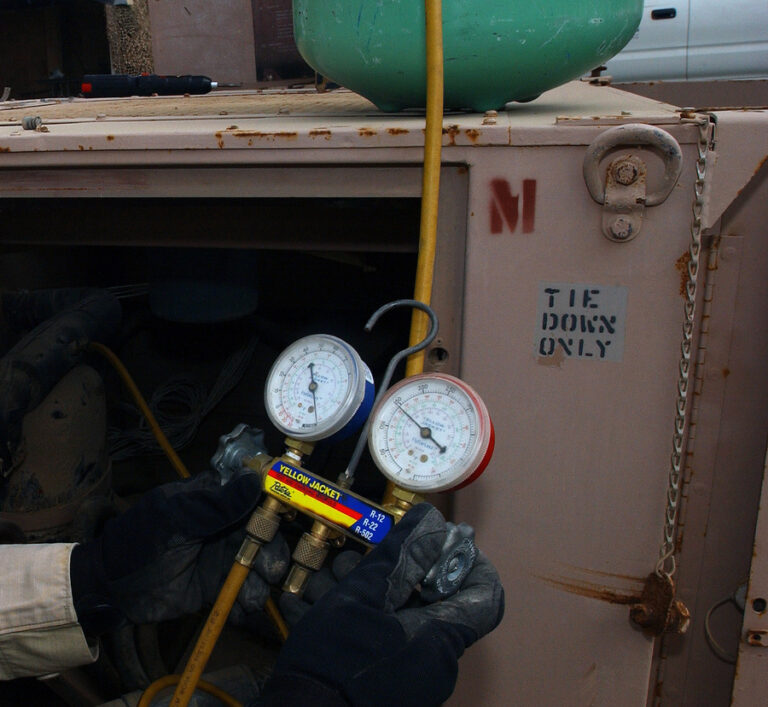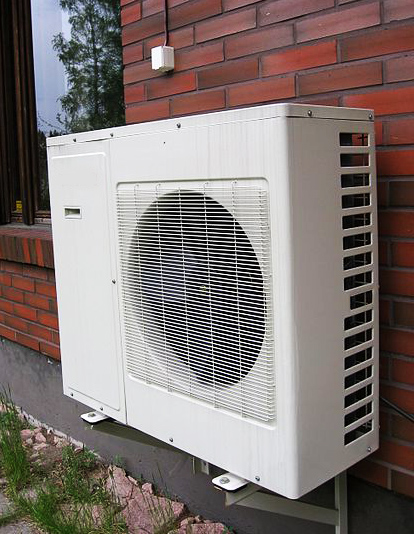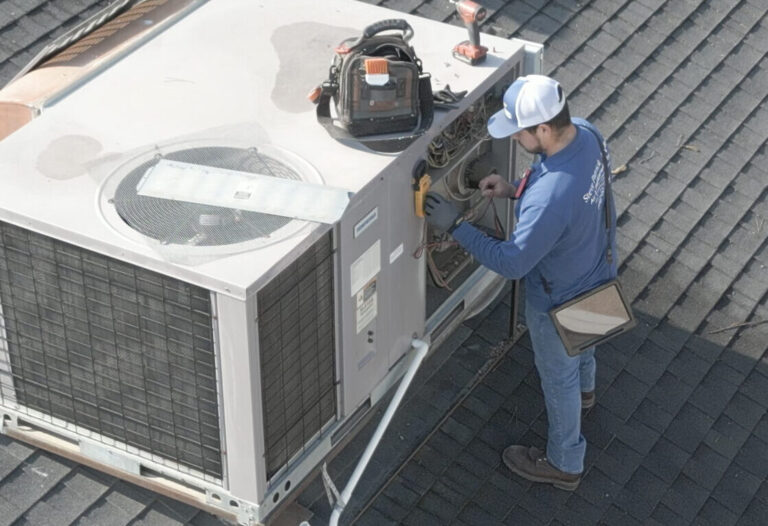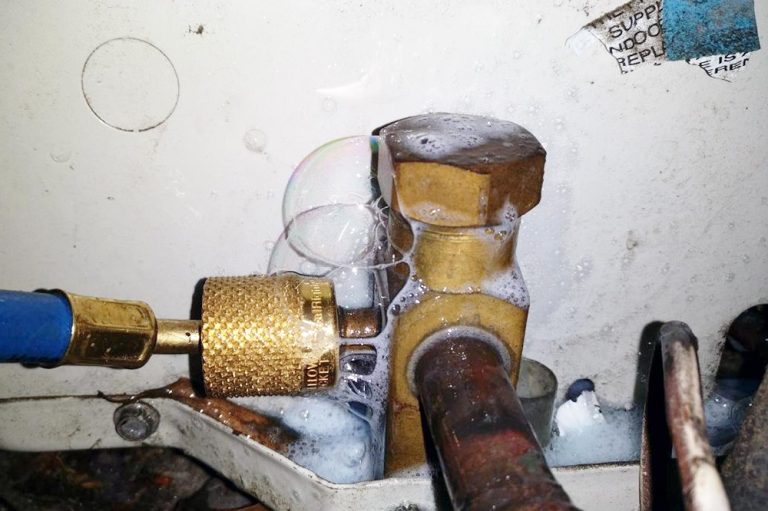As the cold season approaches, the thought of waking up to a freezing home due to a malfunctioning furnace can be quite concerning. However, there are preventive steps you can take to avoid this problem. Fortunately, understanding your furnace’s components can help prevent such problems. One crucial element is the flame sensor, a small device that plays a significant role in keeping your furnace running efficiently. A dirty flame sensor can cause your furnace to stop working correctly, and if it is not addressed in time, this issue could, in turn, lead to expensive repairs. In this blog post, we will explore the importance of keeping the flame sensor clean, signs that indicate it is dirty, and what steps you can take to maintain it.
Why Is the Flame Sensor Important?
In other words, the flame sensor ensures that your furnace is operating safely, unlike other components that may not directly affect safety. It detects whether the gas burner is lit and, if no flame is detected, it shuts off the gas to prevent a potentially dangerous situation. Over time, the flame sensor can become dirty, which significantly impacts its ability to function properly. As a result, when dirt or residue accumulates, the sensor may fail to detect the flame, which eventually leads to unnecessary shutdowns and, ultimately, reduces the efficiency of your furnace.
Signs of a Dirty Flame Sensor
There are several warning signs that your flame sensor might be dirty:
- Frequent Cycling: In many cases, if your furnace keeps turning on and off, this may be an indication that the flame sensor isn’t detecting the flame as it should.
- No Heat: If your furnace is running but not producing heat, the flame sensor could be to blame.
- Error Codes: Some furnaces have indicator lights or display error codes that can help diagnose a problem, including issues with the flame sensor.
Steps to Clean Your Flame Sensor
If you notice any of the signs above, it might be time to clean the flame sensor. Here are the steps you can follow:
- Turn Off Power and Gas: First and foremost, turn off both the power supply and gas to the furnace before starting.
- Locate the Flame Sensor: The flame sensor is usually a thin, metal rod located near the burner assembly.
- Remove and Clean: Next, detach the flame sensor and gently clean it using fine-grit sandpaper or a soft cloth.
- Reinstall and Test: Once clean, reinstall the flame sensor, turn the power and gas back on, and check if the furnace is functioning properly.
Preventative Maintenance
In order to avoid issues with your flame sensor, it’s important to schedule regular maintenance checks for your furnace, which will help extend its lifespan. By having a professional inspect and clean your furnace annually, you can help prevent many common problems, which will also keep your heating system running efficiently all season long.
Don’t let a dirty flame sensor leave you in the cold! If you’re experiencing furnace issues or want to schedule a maintenance check, contact Steve Patrick Air today at 559-224-1729. Our professional team is here to ensure your furnace is running smoothly all winter long.
Follow us on Facebook to find amazing offers!
Learn about possibile financing here!





